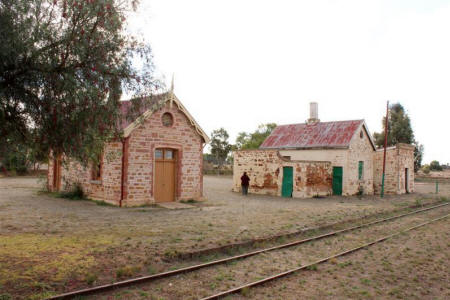|
Terowie Station
Terowie is a small township with a population of
220, located around 200 kilometres north of Adelaide. It came into
existence as part of the railway network which was built in South
Australia in the late 19th century. It has been designated a
historic town because of its large number of untouched 19th century
buildings. There are old hardware stores and blacksmith's shops in
the main street which have all the charm of something from the
1880's. |
||
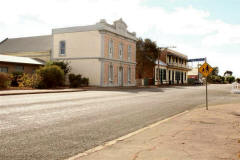 |
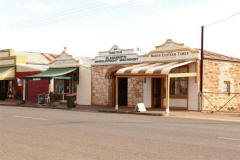 |
|
| Terowie main street | Terowie main street | Terowie main street |
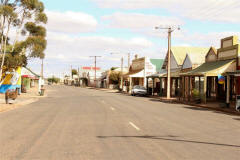 |
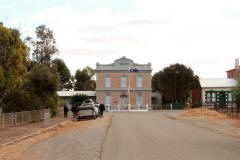 |
|
| Terowie main street | lunch at the park | real playground |
|
|
|
|
| real playground | ploughing | Terowie park |
|
|
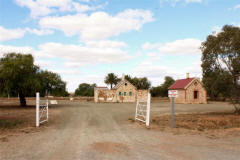 |
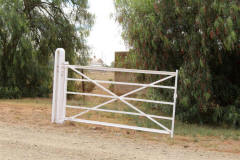 |
| Terowie park | railway buildings | railway gate |
 |
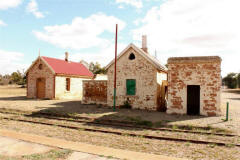 |
|
| Terowie platform | railway buildings | stationmasters house |
|
|
|
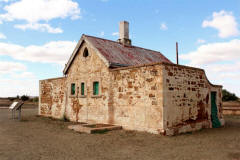 |
| restored stonework | restored stonework | railway waiting room |
|
|
|
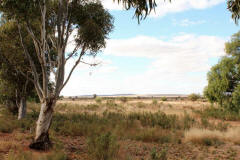 |
| restored stonework | restored stonework | surrounding county |
| back to IN OUR BACKYARD | ||
